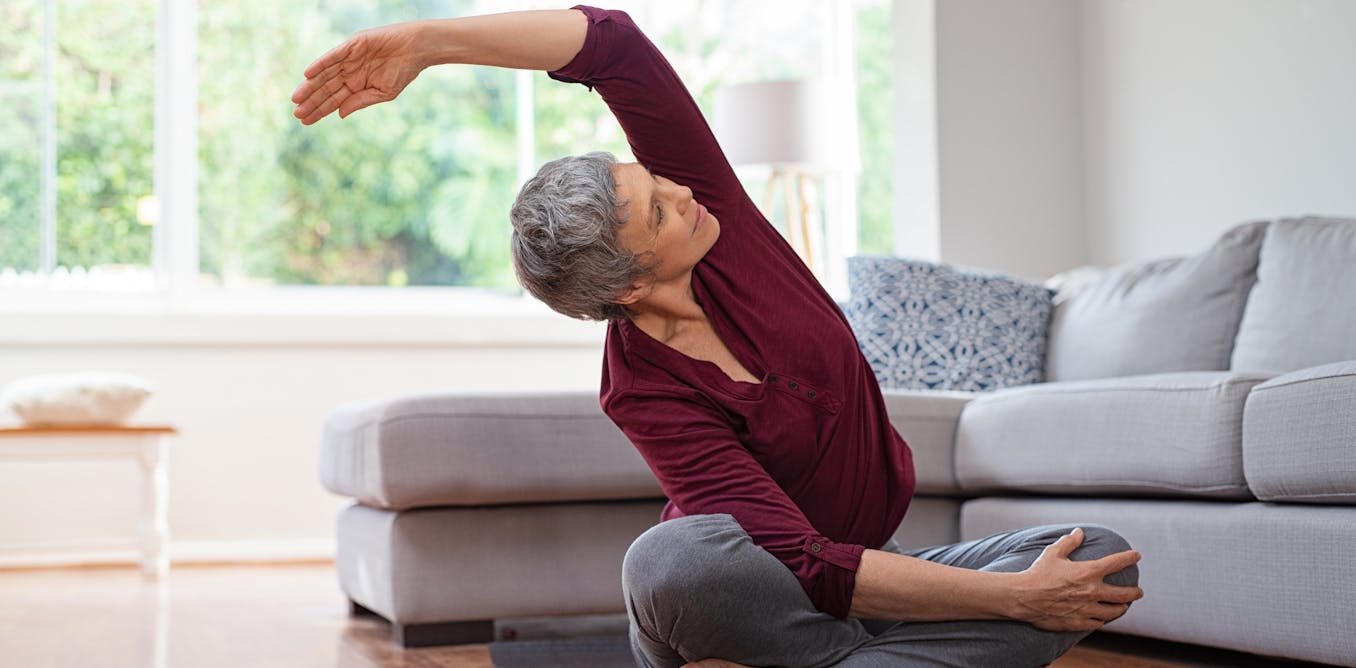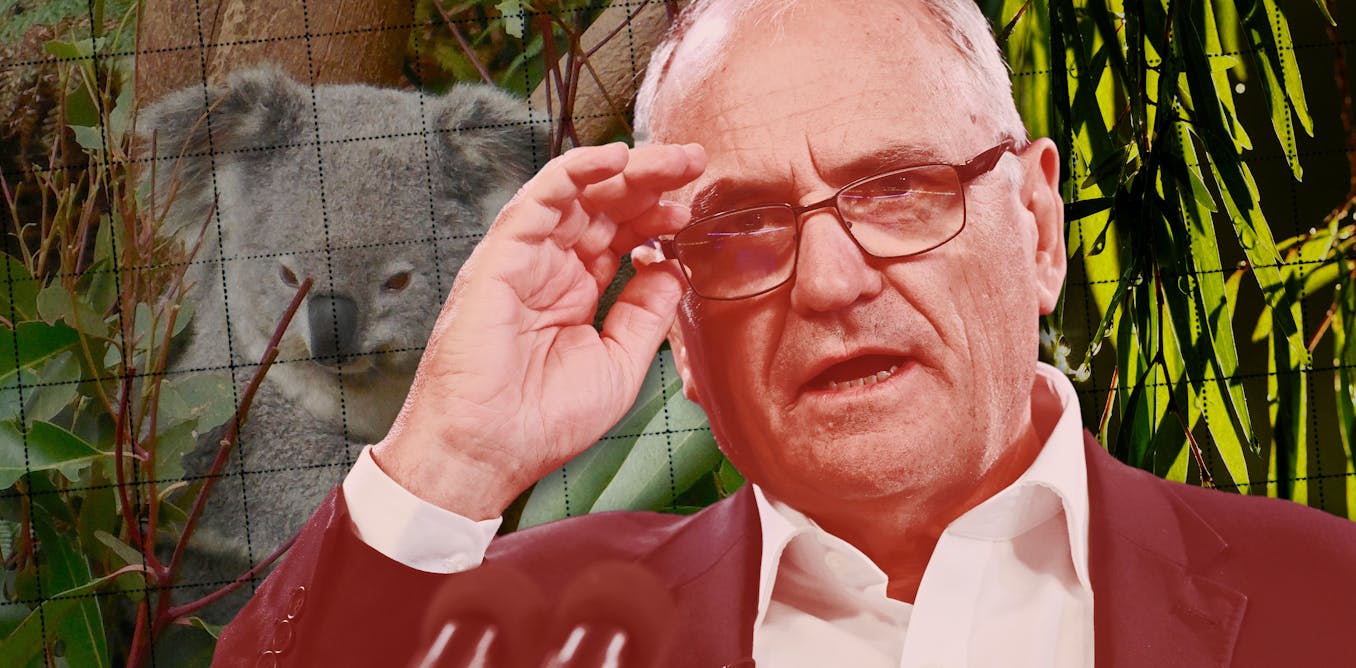Safeya Binzagr, a pioneering artist who eternalized folk heritage in her native Saudi Arabia, died on September 12 at 86. The news was first reported by the Abu Dhabi–based publication The National.
Binzagr’s trailblazing career revolved the idiosyncrasies of indigenous Saudi culture, which was increasingly imperiled by modernization in the mid-19th century. Aware of the limitations of oral histories—at the time, record-keeping was not common practice in the Arabian Gulf—Binzagr documented traditional architecture and domestic rituals over several years. Once settled, she translated these studies into intricate fabric collages, expressive sketches, and boldly colored paintings.
Born in Al Balad in Jeddah in 1940, Binzagr grew up alongside the newly united kingdom. Oil money poured into immense urban projects, but arts infrastructure—the sort that sustains generations—was nonexistent. Options for an artist to succeed professionally were limited, and even more so for a female artist. That would change, in part, because of Binzagr.
She left Saudi to study in Cairo and, later, London, finally returning home in the late ’60s. As a teacher, she supported the creation of a context for regional art to be studied. And in 1968, along with her friend Mounirah Mosly, she exhibited at the Dar Al Tarbiya girls’ school, becoming one of two female artists to ever hold an art exhibition in Saudi Arabia.
“I thought, I will do the exhibition; they will receive it or they will object. If they do, I will try again,” Binzagr told Vogue Arabia, adding, “If you have the will, you will. Hard work always pays off and pushes you to be in the beginning of the line.”
In 1995, she opened the Darat Safeya Binzagr, the first and only cultural center in Saudi Arabia at the time. The classes for students and private courses for women, as well as a monthly women-only art salon.
Binzagr continued to exhibit widely in the region and Europe, becoming one of the first Saudi artists with an international audience. Her work, while hardly sidelined in the record of Arabian Gulf art, has in recent years gained new critical attention due to its inclusion in several high-profile exhibitions. Her portrait of a woman in yellow dress was a standout of the 2022 exhibition “Khaleej Modern: Pioneers and Collectives in the Arabian Peninsula” at the NYU Abu Dhabi Art Gallery.
Curated by Aisha Stoby with assistance from Tala Nassar, the show sought to make the first visual narrative of this region—a task that involved undoing Western misconceptions of the people who live there. Binzagr and her subject, vibrantly adorned and radiating selfhood, went a great deal to that end.
Binzagr also figured in the second edition of Saudi Arabia’s Diriyah Contemporary Art Biennale, which wrapped in May. Her art was on display in the section “Modern Legacies and Geopolitics,” a showcase of the previous generation of South Asian and Gulf artists, where it was among the best works on show.
She was represented by Turathuna (Our Tradition), 1997–99, a series of 39 photogravures. Each small white panel contained a watercolor painting of a woman wearing traditional Saudi garb.
Binzagr was honored in 2017 by King Salman bin Abdulaziz with First Class honors for her efforts to preserve Saudi art and culture.

The post “Safeya Binzagr, Pioneering Artist Who Preserved Saudi Arabia’s Culture, Dies at 84” by Tessa Solomon was published on 09/13/2024 by www.artnews.com





































Leave a Reply